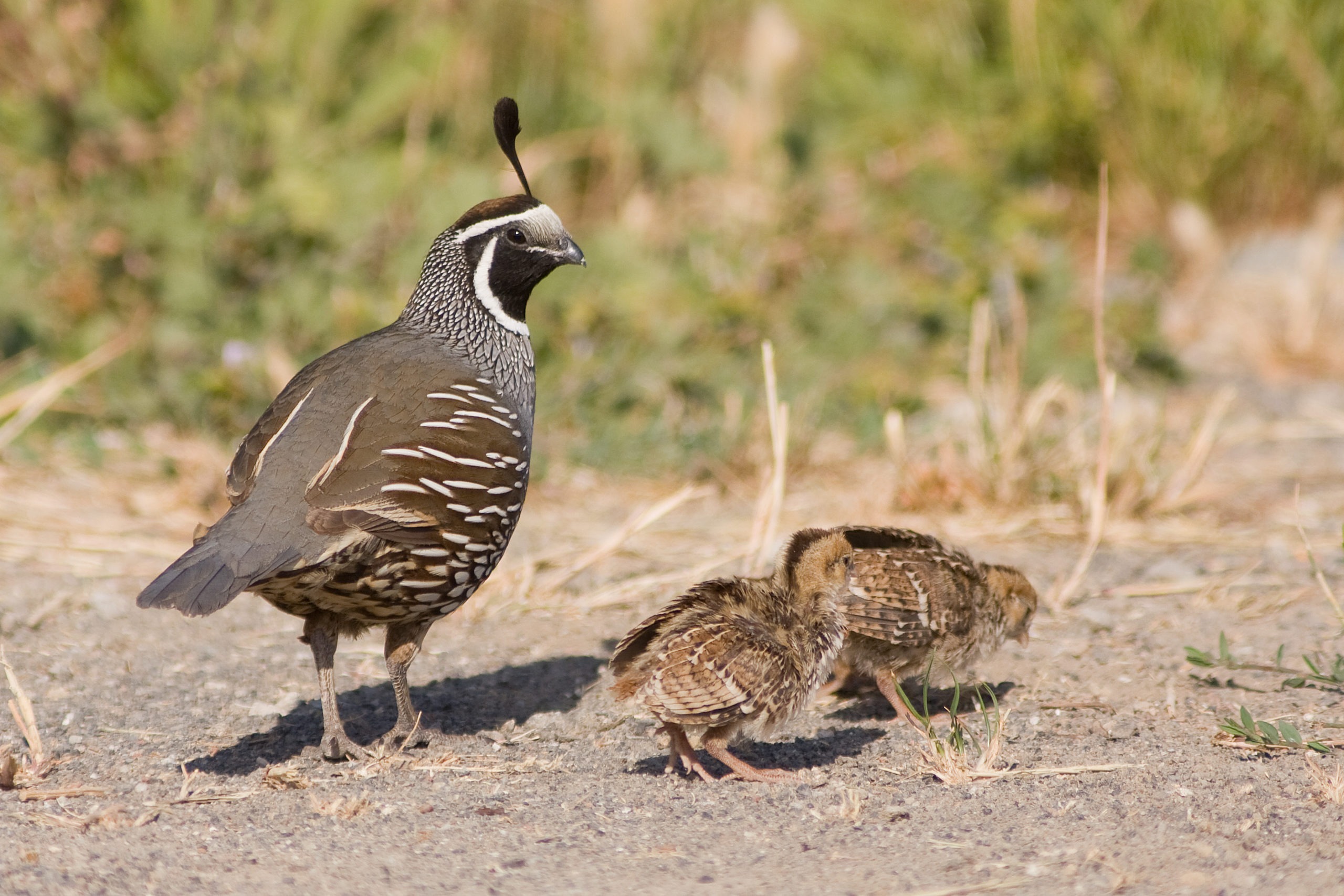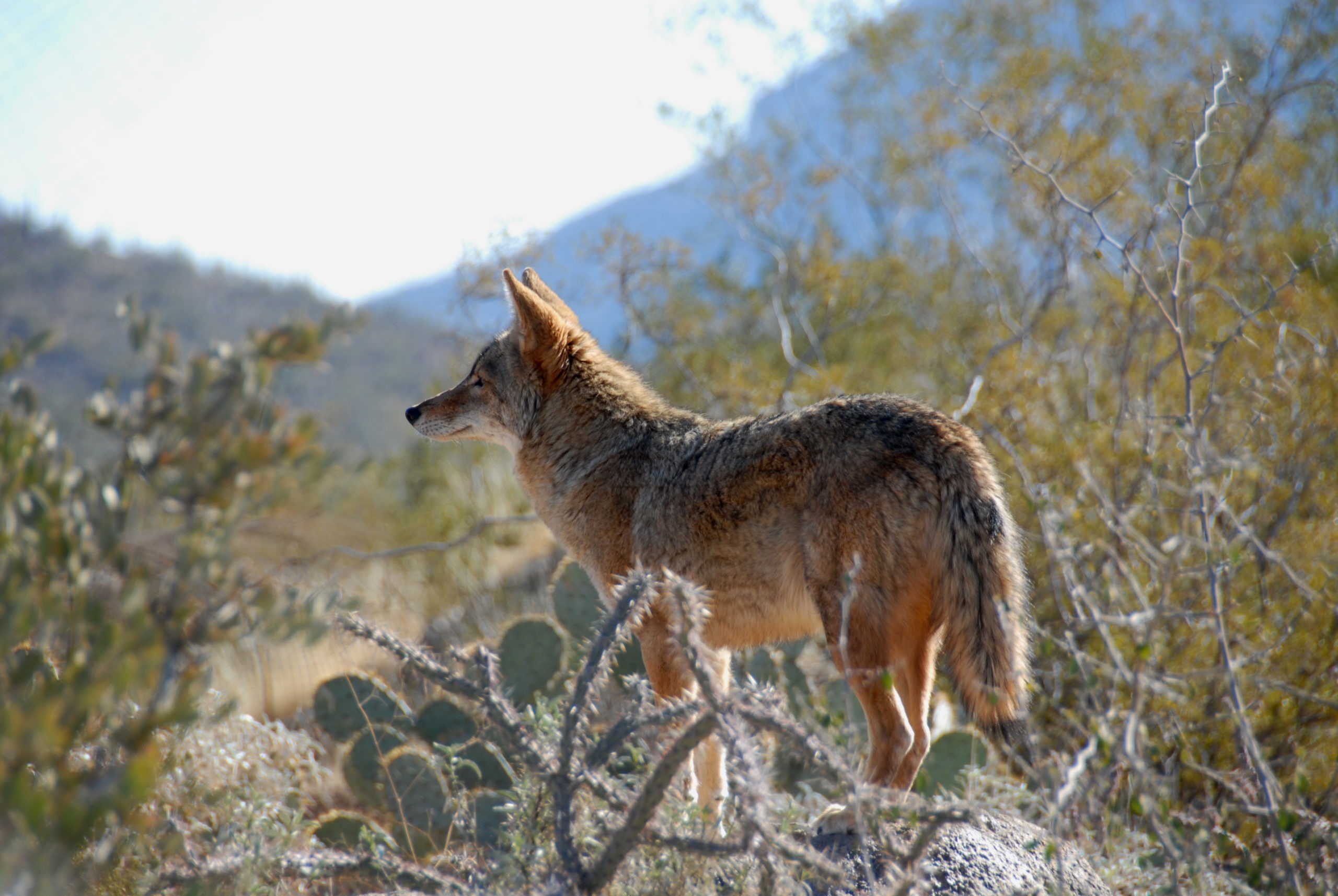Explore the Wildlife of the Sonoran Desert
BY: DEBBY LARSEN, TUCSON LIFESTYLE HOME & GARDEN EDITOR AND CONTRIBUTING WELLNESS GUIDE.
Into the Wild…. Wildlife
Guests of CIVANA have the unique opportunity to explore the beauty of the Sonoran Desert through guided hikes, mountain bike tours and our native plant walks. The Sonoran Desert, also known as Desierto de Altar, is approximately 120,000 square miles and spans the southwestern Arizona, southeastern California and much of the Mexican state of Baja California Sur. This wonderous landscape is brimming with a broad array of wildlife – including 100 species of reptiles, 20 amphibians, over 350 types of birds, and 60 mammals. Here are some of the desert dwellers that one may encounter on their exploration of this unique habitat.
Collared Peccary

The peccaries are known locally as javelinas. These local residents travel in packs and are often seen roaming washes at daybreak or dusk. Javelinas resemble pigs and act similarly, eating everything from cacti to human food. All javelinas have a white collar while males have small upward tusks. They are protective, especially when they have young and when food is involved.
Harris Hawk

Harris Hawks are very common in Carefree. A white strip on their tails easily identifies them as they soar overhead. These raptors prey on small jackrabbits and other desert rodents. Harris hawks are known for a peculiar habit of standing on each other’s heads to provide shade to the birds below.
Antelope Jackrabbit

Antelope Jackrabbits are a sight to be seen. Standing perhaps 26” tall, they are odd-looking members of the hare family. They resemble small kangaroos but with overs-sized ears that help dissipate heat. They are often hard to spot, as they stand very still, only their tall ears moving as they listen for signs of trouble. They are docile creatures that use their neutral color for camouflage. When frightened, they will leap several feet per stride.
Mule Deer

Mule deer adapt to living in the desert by being active in warm weather at night or during the early morning hours. They feed on a variety of vegetation such as mesquite leaves and beans and other native shrubs and grasses. Their name refers to their large, mule-like ears that alert them to potential danger. They stand 40 inches tall and weigh 200 pounds.
Great Horned Owl

Owls are very adaptable nocturnal birds. They begin their hunt at dusk perched in treetops. They have long, earlike tufts, an intimidating yellow-eyed stare and a deep hooting cry. Its hoot declares a claim to a particular territory. This powerful predator can take down birds and mammals larger than itself, but it also dines on daintier fare such as tiny scorpions, mice, and frogs.
Roadrunner

The roadrunner is the most famous bird in the Southwest, known by its long tail and expressive head crest. It is a large, slender, black-brown and white-feathered ground bird. Roadrunners scurry across the desert scrub foraging for lizards, snakes, small mammals, insects, spiders, and birds. It can run 15 miles per hour when chasing a fast-running lizard.
Raven

Ravens are large birds common to the desert scene. They have shiny, black feathers with a triangular shaped tail and are often found traveling in pairs. They are scavengers and will eat almost anything they can find. They are considered to be extremely intelligent. They have a low, croaking call and are known to imitate the calls of other birds.
Bobcat

The bobcat is a medium-sized cat named for its bobbed tail. Its black spotted, gray-brown fur fades to white on the belly. Bobcats are very territorial, inhabiting dense desert vegetation. They are fierce hunters, stalking prey with one pounce. They prey upon rabbits and other small mammals. Bobcats are able to jump as high as 12 feet and run over 30 mph.
Desert Tortoise

This tortoise species is a slow growing and long -lived herbivore. Grasses, herbs, wildflowers and cactus flowers and fruit make up the bulk of its diet. Adults can survive a year or more without access to water. It has adapted to the harsh desert life by digging burrows to avoid extreme temperatures. Its domed-shaped, brown and tan shell protects it from predators.
Rattlesnake

Rattlesnakes are large, venomous snakes, or pit vipers, that inhabit the Southwest deserts. They are best known for their tail rattles. A new rattle is added every time it sheds its skin. They hide in dens or in the shady under brush. During the summer heat, they hunt their prey at night. They feed on lizards, small rodents, striking them and immobilizing with their toxic venom.
Tarantula

Tarantulas are the largest spiders in the world. They adapt in the desert by building an underground burrow lined with silk webbing. They are active during the monsoons and into early fall. They are nocturnal hunters preying on a variety of insects and small lizards. They catch their victims by ambushing them and killing them with a venomous bite with their fangs.
Scorpion

Scorpions are not insects but arachnids. It has eight legs and a segmented tail that is often carried in a characteristic forward curve over its back, ending with a venomous stinger. Scorpion mothers protect and carry their young on their backs. They are rarely seen due to their secretive nature, preferring to hide under rocks.
Gila Monster

The Gila Monster is a large, venomous lizard native to the Southwest deserts. It has a stout body that grows to two feet with a short, blunt tail and clawed feet. Its body is covered with beaded scales in a bright pink, coral, and black pattern. This slow-moving carnivore preys on small rodents, eggs, insects, and lizards, swallowing them whole. It is rarely seen, spending most of its time in underground burrows.
Desert Spiny Lizard

This medium-sized lizard is found in the desert scrub scurrying among crevices in rocks and boulders. It prefers a diet of assorted insects. Pointed scales in gray, tan and brown cover its body. The male has a dark collar and vivid blue throat and belly. Like many lizards it shows color changes when the temperature cools, the scales darken. It hibernates during late fall and winter.
Gambel’s Quail

Gambel’s Quail are small, ground birds that travel in groups or coveys. They would rather run than fly. However, if startled, these birds explode into a short, rapid flight, called “flushing.” They are know for their characteristic bobbing, black topknot. Their diet includes a variety of seeds, insects, and tender parts of native plants. Both parents are involved with raising their young.
Coyote

Coyotes are free-roaming canines that are very adaptable in the desert. They are very smart creatures with a heightened sense of hearing, smell and sight. They have lean bodies, thick tan fur and bushy tails. Coyotes are primarily carnivorous. They usually hunt alone at night, searching for small mammals. For larger prey, they will hunt in packs and signal with yips and howls to communicate.
Cactus Wren

The Cactus Wren is the state bird of Arizona. This wren species is found in all parts of the Southwestern deserts. It is well adapted to desert life with its camouflaged coloring. It forages for seeds and insects along the ground. Most of their water needs are derived from its diet. It builds its nest above ground in thorny shrubs and trees that provide protection from predators.
Explore CIVANA’s Sonoran Desert Garden
Explore More
2020 Summer SolsticeOn Saturday, June 20th, the northern hemisphere will officially welcome the first day of astronomical… Read now | Global Wellness Day 2020The Wellness of WE – Global Wellness Day Every day is Global Wellness Day at… Read now | At Home Full Moon CeremonyIf you are unable to join in celebratory circle with us at CIVANA, fear not.… Read now |